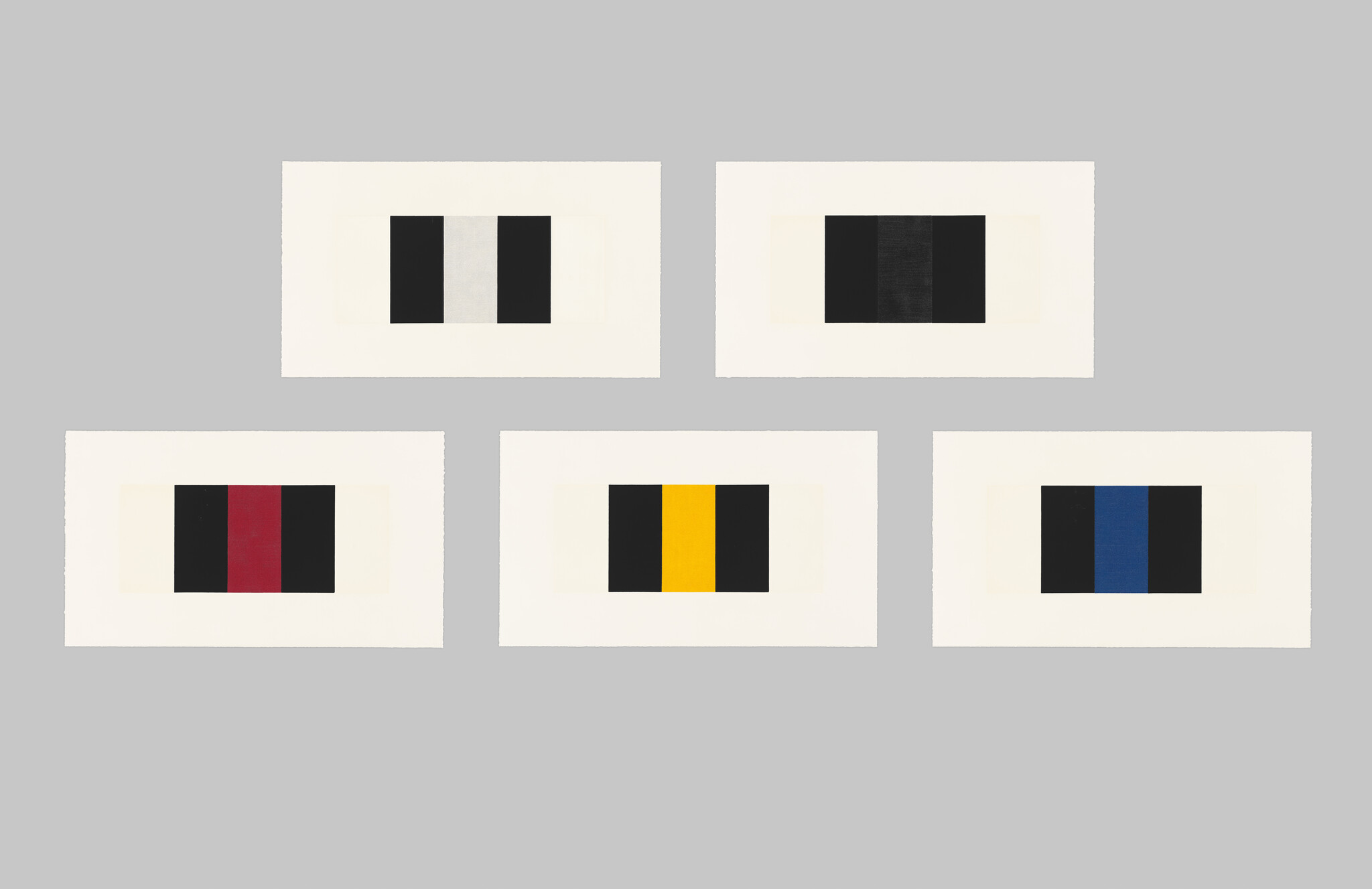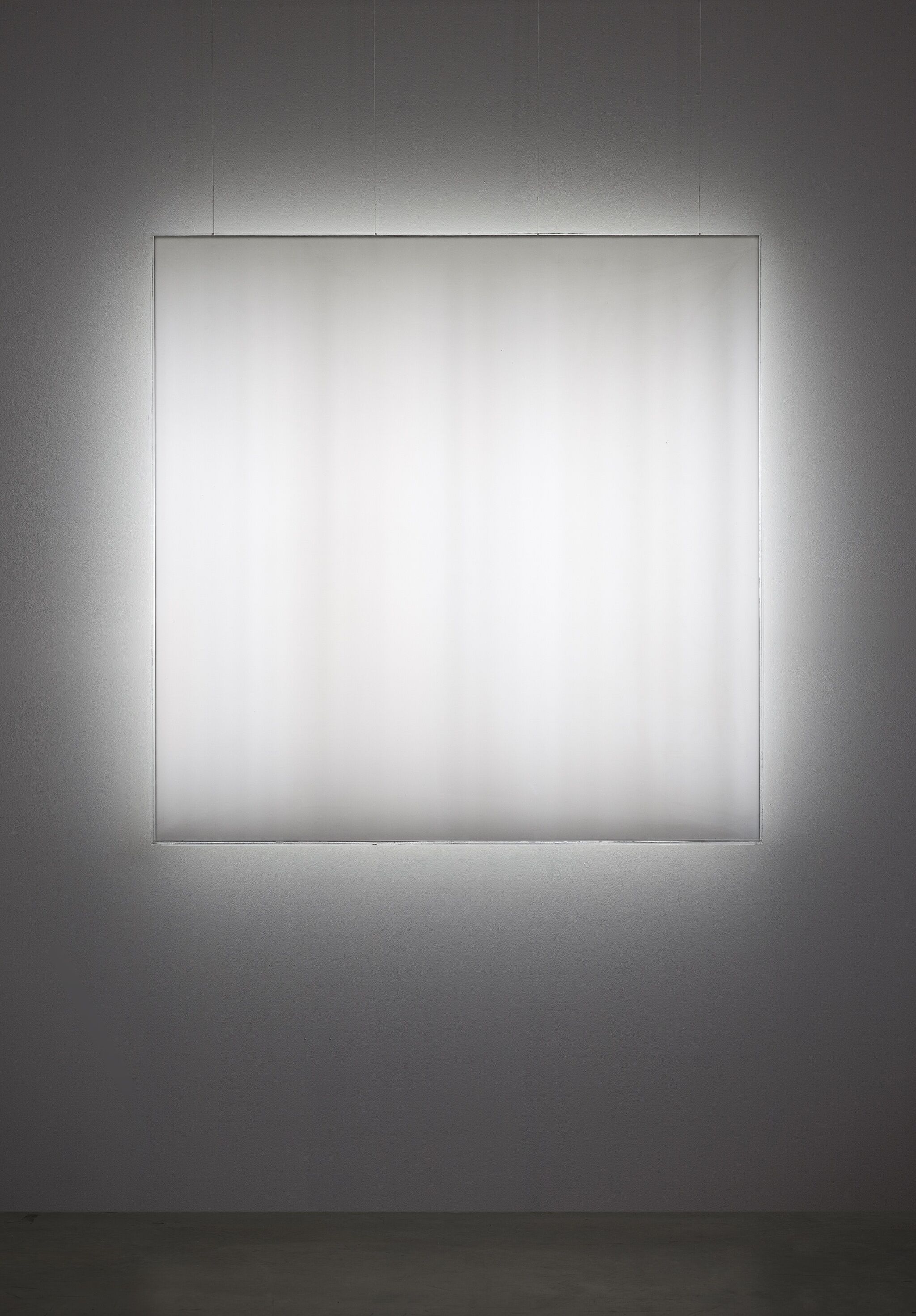Mary Corse, Untitled (Space Plexi and Painted Wood), 1966
June 8, 2018
0:00
Mary Corse, Untitled (Space Plexi and Painted Wood), 1966
0:00
Narrator: Mary Corse spoke about her work with the art critic and historian Suzanne Hudson at the Los Angeles County Museum of Art in 2017.
Mary Corse: I was doing these white forms with plexiglass where I sanded out the brush strokes, very minimal, getting rid of any artist line, any subjectivity, any ego.
Narrator: The three works are similar in their overall dimensions. But look carefully. You’ll see that Corse methodically shifted the proportions between the painted panels and the depth of the plexiglass boxes.
Kim Conaty: For her, this was a way of literalizing the concept of space in a painting, which is something that, like light, has been a question for painters over the centuries. We think about perspectival space, one-point perspective, how we create the illusion of depth on the flat painted panel. In her case, she created literal depth by using the plexiglass not as a framing device, but as part of the painting, encasing the space of the painting itself.
This group of plexiglass paintings is a very important transitional work for Corse.
Mary Corse: With my work, each painting comes out of the paintings before in a way. Once I went to the plexiglasses there—and they were white—the next step was the white should be light.
Narrator: Corse took that next step in works like the one to your left. Here, light itself became a material to be used in works that she thought of as paintings. She didn’t actually paint them. But she used light to push forward many of the concerns that had come to dominate abstract painting—exploring the natures of pictorial space, illusion, and perception itself.
Our next stop is another one of Corse’s light paintings—it’s around the corner.


